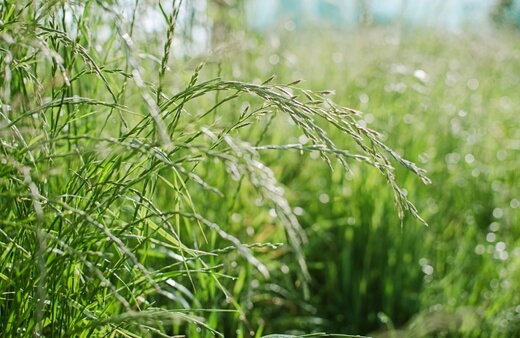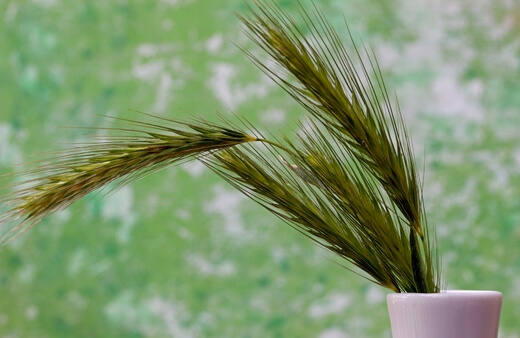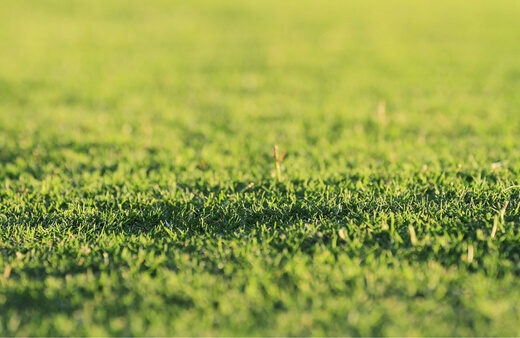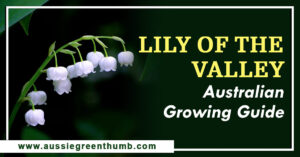Invasive and almost indestructible, couch grass or quackgrass is the plague of gardeners. However, it is well known for its medicinal and nutritional properties. The warm-season grass is deep green and is commonly used in lawns.
It also has an excellent wear tolerance. Because of this, lawns made of couch grass are perfect for playgrounds, sports fields, and large lawns. So, in this article, we'll talk more about couch grass, its varieties and common names they're called. We'll also see how they're planted and cared for and their cultivation problems.
More...

Genus: | Elymus |
|---|---|
Species: | repens |
Common Names: | Quackgrass, dog grass, scutch grass, witchgrass, field grass, twitch grass |
Family | Poaceae |
Type(s) of plant | Ornamental plants, herbs and grasses, edible plants, herbal tea plant |
Leaf colour | Deep green |
Vegetation | Lively |
Foliage | Persistent |
Shape | Spreading, covering, bushy |
Height at maturity | 0 to 1 metre |
Maintenance | Facile |
Water requirement | Low |
Growth | Quick |
Planting | Seedling and cuttings |
Resistance to cold | Resistant |
Type of soil | Humus or clay soil |
Soil moisture | Drained soil or fresh soil |
Density | 2-3 feet/m² |
What is Couch Grass?
Elymus repens, known as couch grass or common couch, belongs to the grass family. As the name suggests, couch grass spreads quickly, is exceptionally hardy, and is classified as an invasive weed.
In addition to spreading through seeds, couch grass propagates by stolons, the so-called rhizome sections. This grass is distributed almost worldwide over the entire northern hemisphere. But it's also one of the common grass types in Australia and a great option for those looking for grass for dogs.
This grass type is widely found in Australia and serves as an excellent grass choice for dog owners, especially those seeking a dog-friendly lawn.

Special Features
Also called creeping couch grass, the couch grass can grow more than 1 metre high. This grass either forms dense clumps or populates larger areas with its long spurs.
Like all grasses classified as weeds, its cultivation requirements are low. However, semi-shady locations, over-fertilized, nutrient-rich meadows and lawns, fallow fields and roadsides are preferred.
Couch grass is a plague for gardeners and farmers since it "suffocates" the crops. Worse, each tillage operation (punches or passages of the tiller) fragments the quackgrass rhizomes and cuttings. Each shard gives a new foot to the plant.
However, this colonising capacity has advantages: quackgrass helps to fight against soil erosion. And, more commonly, it spontaneously composes a thick, rustic and healthy lawn that perfectly resists trampling.
Common Types of Couch Grass
Agropyron repens
- Common names: Creeping quackgrass, wheatgrass, creeping wheat, twitch grass, witchgrass
- Height: 40-100cm.
- Flowering: May to August.
Cynodon dactylon
- Common names: Devil's grass, dog grass, Bermuda grass
- Height: 10-40cm.
- Flowering: July-September.
Cynodon dactylon ‘Santana’
- Common names: Variety described as Bermuda grass and marketed as a lawn plant.
- Height: 10-40cm.
- Flowering: July-September.
Quackgrass Properties and Uses

Culinary Uses
Quackgrass root, both fresh and dried, is edible. Couch grass was sometimes used to create alcohol and these days is the fundamental ingredient used to make quackgrass beer. The rhizomes of this plant are indeed rich, among other things, in starch, potassium salts, and triticines.
Analyses have also shown that quackgrass has an essential oil with agropyrene endowed with antibiotic and antibacterial properties. Moreover, as these roots contain some carbohydrates, they make up a refreshing, slightly sweetened herbal tea.
Harvesting Quackgrass
When and how to harvest?
This is harvested as needed all year round. Quackgrass root, both fresh and dried, is edible. A simple claw in the garden is enough to recover the underground stems of quackgrass during harvest.
Quackgrass Conservation
Quackgrass rhizomes can be stored for about a year after drying.
Medicinal Use
Couch grass is also recommended for its diuretic values. It's also prescribed to eliminate urinary stones. Over time, quackgrass has been prized for fighting fever and gout.
In the 19th century, it was the miracle remedy "to renew the body". Even today, it is used in various medicines for treating kidney inflammation, rheumatism, gallbladder and intestinal disorders.
Lawn Use
Couch grass is resistant to heat, trampling and drought. More poetically called Bermuda grass or tropical lawn, it is an ideal grass for creating lawns requiring only limited maintenance.
Fast growing, the grass can cover an area of more than one metre square each year thanks to its creeping rhizomatous roots. This plant is recommended for forming lawns in the Mediterranean or dry tropical regions. However, it tends to turn yellow in winter if it is too cold.
It's perfect for creating ecological lawns requiring only occasional watering and little fertiliser. It can be walked on and used in paths, busy areas or on a sports field.
How to Grow Couch Grass in Australia
Sowing and Planting Couch Grass
Here are tips for planting and managing the couch grass:
Where to plant it?
This grass can grow in any soil. But it prefers clay and humus soil and under sunlight. The plant particularly appreciates clay soils that are cool and compact, neutral to basic.
When to sow quackgrass?
This lawn grass is best sown during the end of April and the whole month of May.
Sowing couch grass seeds
Quackgrass seeds are sown on the fly at 8 to 10 g per 100 m². Water the soil well after planting.
Planting couch grass cuttings
- Pluck a few sprigs in spring or autumn-winter.
- Insert them on the ground (at the rate of 4 per m²).
- Pour a few handfuls of soil to ensure the plant settles and proliferates.
Couch Grass Care
Mow regularly once it starts to spread to promote the plant's branching. Then the mowing operations can be spaced out (every month in season). After the last mowing in the fall, let the mulch break down to nourish your lawn and protect it from the cold.

Watering and fertiliser
The grass is resistant to drought and can withstand 2 to 3 weeks without watering (even more when it consists of spontaneous plants). However, in the first year, water once a week in the summer to get a nice green lawn.
Then let nature take its course! You don't need to over-fertilize quackgrass like you would any other lawn.
Diseases, Pests and Parasites
Couch grass is not subject to disease or pest attacks.
Common Quackgrass Problems and Tips

Quackgrass is a real nuisance for gardeners. Indeed, it spreads not only by its seeds but also by its long and vigorous white underground rhizomes. The tiniest fragment of the rhizome is left in the ground, and here is the quackgrass again!
However, here are our practical tips for doing just that.
- Never let couch grass grow to produce seed, to prevent it from spreading by air.
- Never use rotary tools in your flowerbeds, which could break the rhizomes, then multiply them ad infinitum.
- Rather than a spade, use a spade fork again to avoid breaking the rhizomes.
- You can spread a thick mulch on your flowerbeds. This will limit the development of quackgrass like other weeds.
If your land is overgrown with quackgrass, you can also try the chemical method. Use a systemic weedkiller, glyphosate type (1 litre of glyphosate can treat 1,000 m² of surface). Note, however, that weed killers can be harmful to humans and animals. So, use it sparingly.
Author Bio: Andrew Hodge

Andrew is a seasoned writer for Dadsmowers.com. Since wrapping up his career as a landscaping manager, Andrew has served in an advisory capacity to a number of lawn care businesses. He currently spends as much time with his grandkids as he can.
Wrapping Up Our Couch Grass Guide
As you have read, couch grass is a notorious grass dreaded by gardeners. It can be invasive and difficult to get rid of, which is why it's also considered a weed. However, its rapid growth and aggressive nature are why it's great for controlling erosion.
This also makes it a fantastic grass for a hardy lawn. It doesn't require a lot of fertiliser, yet couch grass has no problem with pests, diseases, or other issues suffered by other lawn grasses.
Published on January 4, 2023 by Maisie Blevins
Last Updated on February 1, 2024




